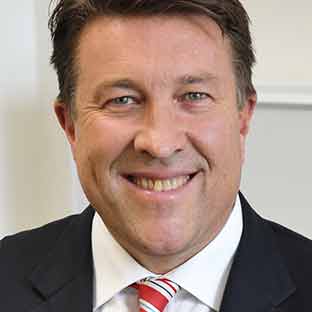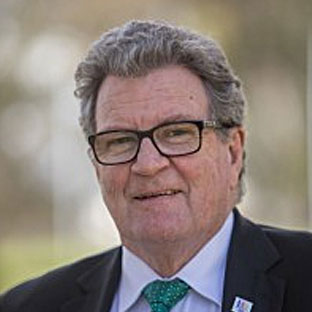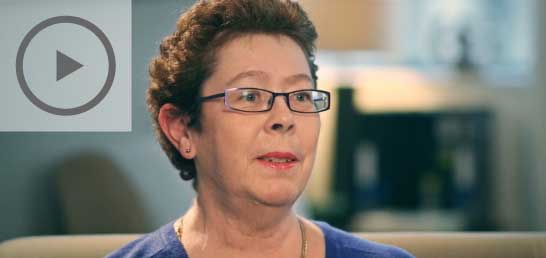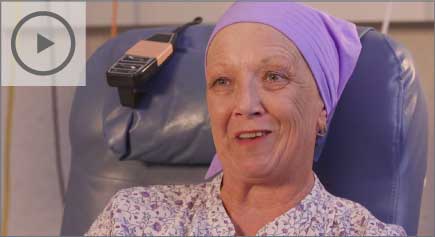What I want from Pharma: Medical Oncologist Explains
Associate Professor Gary Richardson is the Director of Oncology Clinics Victoria, Director of Cabrini Academic Haematology and Oncology Services and an Associate Professor of Medicine at Monash University. He previously held the position of Director, Department of Medical Oncology and Clinical Haematology at Monash Medical Centre. He is a Fellow of the Royal Australasian College of Physicians. Specialised Therapeutics sought his insights on medical and pharma interactions.
By Assc. Prof. Gary Richardson, Director of Oncology Clinics Victoria and Oncology Services and Assc. Prof. of Medicine, Monash University
Specialised Therapeutics’ new business model can’t be a bad thing, because interactions between pharma companies and the medical profession have definitely changed, thanks to the digital revolution.
In the old days when doctors saw pharmaceutical company representatives, it was all paper. That meant that part of a rep’s role was to bring papers, show you evidence, outline details from a recent scientific meeting as well as spend some time selling the drug. Those days have gone, because everything is on the web now. You get the alerts and the data is there. There are not that many practice-changing things that occur on a day to day basis and if there are, you will find out about it straight away.
What do I want when a pharma company representative comes to my office? I want information about new clinical trials and about drug access programs. I also want to know what’s in the pipeline, what’s coming to Australia and what we can do in the space we operate. I don’t really want old information about drugs that are already available – I already know that information. What I would like is early information, that I may not yet have seen or been able to access. That kind of information is really good, but that is not so easy to get all the time.
(Under the Medicines Australia Code of Conduct), pharmaceutical representatives are prohibited from speaking openly and freely about access programs for medicines that are not yet approved for marketing in this country – despite the fact these drugs may be already approved and available overseas.
There needs to be a rethink. It is ridiculous that you can’t discuss medicines that are ‘off-label’ or drugs that are potentially coming in the future. There seems to be a fear you will somehow break the rules. I find it insulting that authorities think you might be swayed by these sorts of discussions.

Consider the landscape around five years ago, when all the immunotherapy trials were being done in melanoma overseas. Abiding by the letter of the law, no-one in Australia could discuss any of those medications with anyone, at all. You understand that a trial is going to come, and these drugs are being used overseas, but you are not allowed to talk about it. It just seems crazy, as not all oncologists attend overseas meetings or has seen an original presentation – particularly if it’s not in their own area of expertise.
As a doctor, you should be able to make a decision whether a drug should be able to benefit any particular patient you have. The doctor has to make the decision to benefit the patient, because that’s what we do.
In terms of other interactions with pharma, I have no problem with transparency reporting, (where pharmaceutical companies acknowledge payments to individual doctors for services or contributions towards them attending education activities, including flights and accommodation). But I do think it should be the same across all industries – it should be the same for politicians or lawyers. I am not worried if someone puts my name in the paper and notes that I’ve been paid (by a pharmaceutical company) to attend a meeting. The doctors that worry about these things the most I think, are the younger doctors. And particularly the ones that are still working in the public system, because it seems to me that they are very wary of pharma.
At the end of the day, working with pharma is a double edged sword. Pharmaceutical companies provide good drugs and sponsor clinical trials. The downside is that the industry as a whole, is largely perceived to be about money and many of the big pharma companies are beholden to shareholders.
What would I say to younger doctors who might be wary? At the end of the day, pharma companies are in the business of creating drugs that work. And there are some really amazing drugs that have been made. There are a lot of positives. And this move to remove financial incentives from reps based on volume of sales achieved takes away that pressure to sell and paves the way for a more open discussion.”
*Associate Professor Gary Richardson spoke with Specialised Therapeutics in August 2017.



